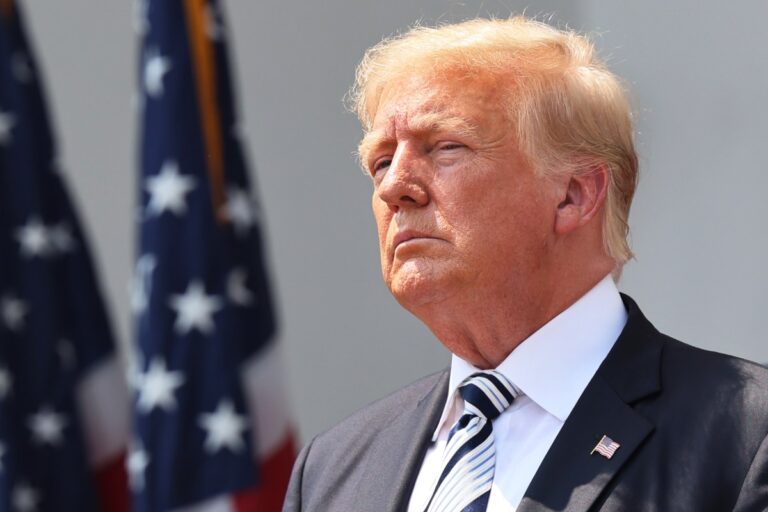China Strikes Back: Google Antitrust Investigation in Response to Trump Tariffs
In a significant move that highlights ongoing tensions between the U.S. and China, the Chinese government has officially launched an antitrust investigation into Google. This action is part of a rapid response to the recent imposition of tariffs by President Donald Trump on Chinese imports, marking a new chapter in the complex trade relationship between the two nations.
Details of the Antitrust Investigation
The investigation is spearheaded by China’s State Administration for Market Regulation, which aims to scrutinize Google’s alleged monopolistic practices. Despite being largely blocked from operating its search and internet services in China since 2010, Google continues to maintain a presence in the country, primarily through advertising services.
Official Statement from Chinese Authorities
According to the translated statement from the State Administration for Market Regulation, “Because Google is suspected of violating the Anti-Monopoly Law of the People’s Republic of China, the State Administration for Market Regulation has launched an investigation into Google in accordance with the law.” This underscores the seriousness with which China is approaching the issue of market competition.
Broader Economic Context
The investigation comes on the heels of a series of retaliatory measures from Beijing, including:
- Imposing a 15% tariff on U.S. coal and liquefied natural gas exports.
- Implementing a 10% tariff on oil and agricultural equipment.
- Adding PVH Corp. (owner of Calvin Klein) and Illumina (a gene sequencing company) to a restricted entities list.
- Introducing new export controls on tungsten-related materials.
Impact of Tariffs on U.S.-China Relations
President Trump’s tariffs, which he has justified as a necessary measure against Beijing’s failure to curb the illegal drug trade, have reignited trade tensions between the two largest economies in the world. This escalation comes at a time when relations seemed to be on a path toward stabilization.
This situation is still developing, and further updates will be provided as new information becomes available. For more insights on international trade relations, visit Trade.gov or check out our internal articles on the impact of trade tensions.







